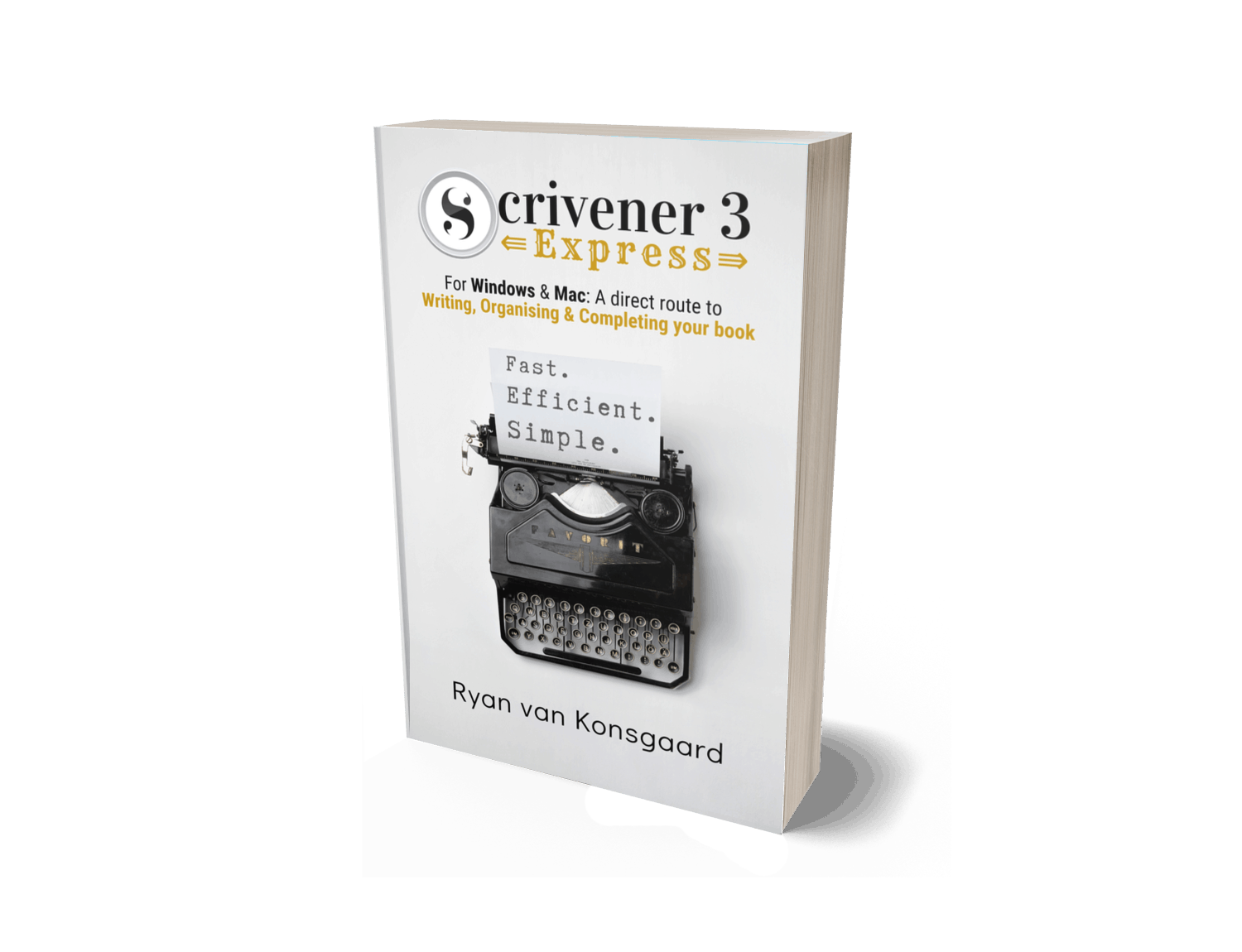
The formatting for each section type can then be edited (in Compile) to suit your specific requirements for that category of material.įirst, you opt to edit the Project format and then, within that, the section layouts for each of the section types.Ĭhoose the Section Layouts tab, and then, within the Section Layouts pane, choose a row for the section type you want to format. If you click the other tab, Section Types, you’ll see the complete list and the + sign (bottom left) allows you to create your own section types. Scrivener uses terms like ‘chapter’, ‘section’, and ‘scene’ as section types (which might serve you well) based on the structure in your binder.

How will the material look after compiling?

Today’s blog post addresses the third question. How will the material look after compiling?.What output route will you take?’ (and that’s what I focused on last time).What will be compiled? (which was covered in the first post of that series).I explain in Compiling with Scrivener 3: An Introduction that there are three decisions to make: Compiling with Scrivener 3: Autonumbering.Compiling with Scrivener 3: Outputting to Kindle.Compiling with Scrivener 3: Style tweaking.Compiling with Scrivener 3: Contents page for an eBook.

Scrivener 3 for windows 2020 pdf#
Scrivener 3 for windows 2020 series#
I’ve already published a series of posts on compiling with Scrivener 3, that I recommend you read: Next time: placeholders, headers and footers.


 0 kommentar(er)
0 kommentar(er)
